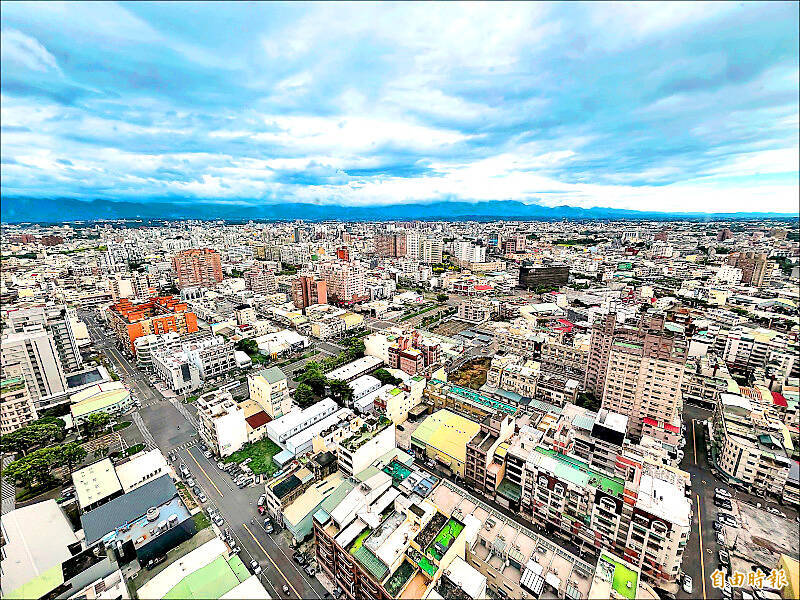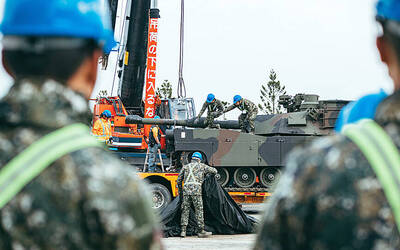《TAIPEI TIMES》 Old buildings challenge for ‘super-aged’ society: expert

Commercial and residential buildings are pictured in Taipei in an undated photograph. Photo: Taipei Times
By William Hetherington and Hsu Yi-ping / Staff reporter, with staff writer
The large number of old buildings in Taipei is making it more challenging to address the city’s rapidly aging population, a housing researcher said.
As of June, 11 of Taipei’s 12 districts were “super-aged,” meaning that at least 20 percent of their populations were aged 65 or older, housing researcher Ho Shih-chang (何世昌) said on Saturday, citing Ministry of the Interior data.
Seventy-three percent of the city’s buildings are at least 30 years old, he added.
“For every 1.37 homes in the city there is one home that was built before the 921 Earthquake in 1999,” he said.
Of the 368 administrative regions and districts nationwide, 191 — 51.9 percent of the total — are super-aged, he said.
While the aging population is a nationwide problem, the situation is particularly pronounced in Taipei, where 90 percent of districts are super-aged and half of the homes are more than 40 years old, he said.
As many as 18 percent of the city’s homes are 50 years old or older, and that number is growing, as urban renewal efforts fail to keep pace, Ho said.
“With housing prices so high, some buyers favor older buildings, which offer more space at lower prices,” he said. “Their mindset is that even though the buildings are 40 or 50 years old, they can live there and wait for the building to be replaced under an urban renewal project.”
Ministry data showed that of the 4,435 property sales and transfers in Taipei in the second quarter of this year, 2,829 were in buildings that were older than 30 years old, accounting for 63.79 percent of the total.
Of those 2,829 properties, 2,211 were more than 40 years old, accounting for nearly 78 percent of the aging properties sold, Ho said.
“One out of every 1.56 residential transfers in Taipei is an old property. Only 91 properties sold in the past five years were new, accounting for about 2.05 percent of the total,” he said. “That means that only one out of every 48.78 property transfers in Taipei is a new property.”
A building built before 1999 — when new construction standards were introduced to improve their earthquake resilience — is not necessarily dangerous to live in, Sinyi Realty Inc (信義房屋) research manager Tseng Ching-der (曾敬德) said.
“However, buildings constructed after that date follow stricter standards,” he said.
Andy Huang (黃舒衛), director of Landlord Representation Services at Colliers International Taiwan, said the situation is in a downward spiral, with older buildings decreasing in value as the financial capacity of elderly people declines as they get older, he said.
“Outside assistance is needed to balance the quality of life and financial situation of older people, especially amid this housing market,” he said. “Otherwise, social risks would worsen.”
To address the housing crisis faced by older people, Huang recommended integrating policies and resources, while accelerating the institutional reform of the rental market and social housing.
新聞來源:TAIPEI TIMES





















